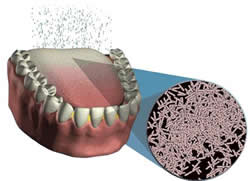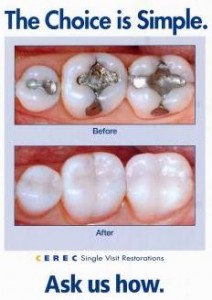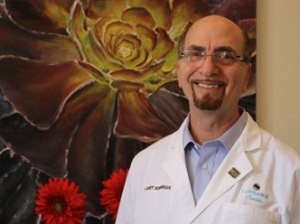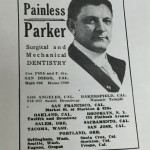Quite often Dr. Korenman hears the following and very common dental myth: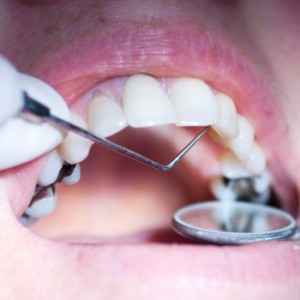
“Silver fillings don’t need to be replaced.”
One of the most hotly debated issues among dentists these days is whether or not old, silver amalgam fillings in the mouths of so many Americans are safe.
Silver fillings, also known as dental amalgam, are a mixture of liquid (elemental) mercury and a powdered alloy composed of silver, tin and copper. In fact, there is more mercury than any other metal so they should be called “mercury fillings” rather than “silver fillings” but who would allow mercury to be put into their body?
Primary Fears About Mercury
Many people claim mercury leeches out over time from these silver fillings – more if you drink hot liquids and chew gum or grind your teeth and they are concerned about dangerous levels of mercury vapors leading to mercury toxicity.
Some people claim that mercury has been linked to autoimmune diseases, neurological issues, chronic diseases and even mental disorders.
The FDA did a long-term study proving that amalgam is not dangerous when used as a filling in teeth. Science has proved that the mercury in fillings do not cause these diseases; however, amalgam does pose a huge problem in teeth.
The Real Danger with Silver Fillings
Teeth and fillings expand and contract at different rates. Over many years of ingesting hot and then cold food and drink, the fillings experience expansion and contraction. The contraction creates openings between the tooth and the filling material. The expansion can contribute to the tooth cracking or worse, splitting. Dr. Korenman has even seen a large part of a tooth break off with the metal filling still completely intact.
Additionally, when you chew and your teeth come together there’s a lot of pressure and force at work, and the metal filling takes the brunt of that pressure…which can also lead to the tooth being fractured much like a log being split.
When the seal between the tooth and the filling breaks down, food particles and decay-causing bacteria work their way between the worn filling and the tooth. These bacteria cannot be removed with a toothbrush or by any other means, and decay may develop along the edge of the filling or underneath it.
The most frustrating part of all this is that it happens painlessly with very few signs of a problem. We use high magnification to detect these openings between the filling and the tooth structure and with the intraoral cameras we use, you can see this yourself on the photographs.
Technology for those “unseen” spaces
When we look into our mouths, only a small portion of the surface area of our teeth and gums is visible.
Dr. Korenman of Loveable Smiles has invested in the latest dental technology that allows him and his team to see things that normally go undetected. Using the NewTom VG3 Dental CAT-scan Dr. Korenman is able to obtain limitless, 3D views including between the teeth, under the gums, in the bones and even nerve canals and sinuses can be seen. This allows Dr. K to completely diagnose and provide full treatment options.
Additionally, Dr. Korenman has invested in CEREC Technology which uses ceramic materials to restore your teeth to their natural strength, beauty, and function. The best thing about CEREC, is that your teeth can be restored in one visit to the dentist. Your crown is designed and milled right here in our office! A few years ago, you had to visit the dentist 3 or 4 or even more times in order to perform teeth restoration. The technology saves a lot of time for our patients.
We invite you to call Loveable Smiles for your dental CAT scan and Total Health Dental appointment at 972-231-0585




